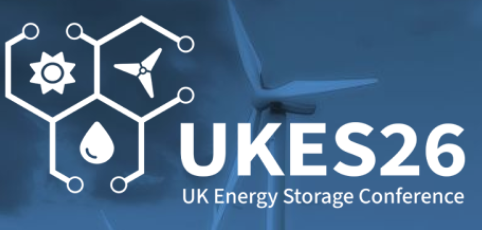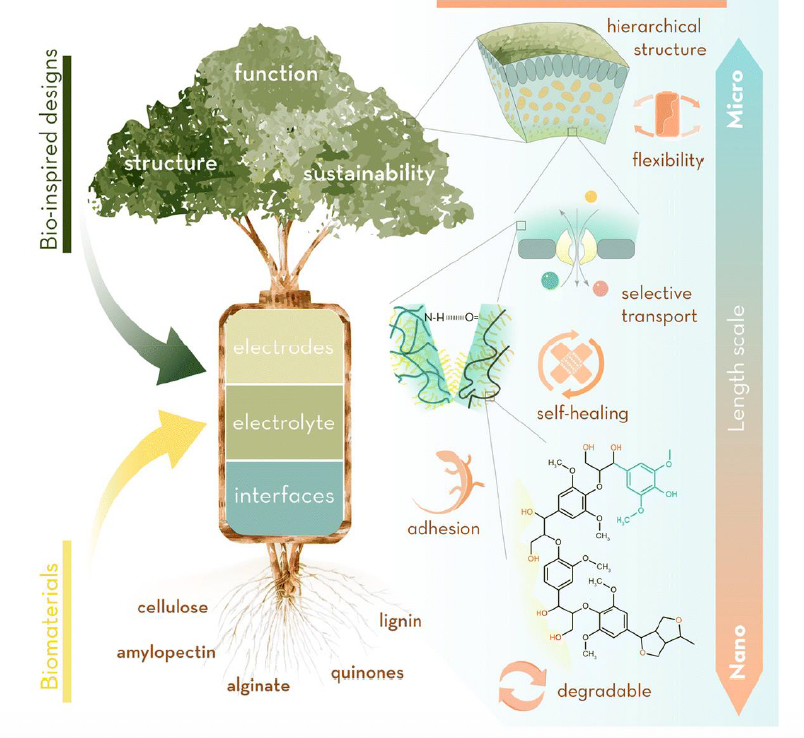
Beyond batteries - new energy storage options by energy institute
Energy storage is key to the transition to greener systems. Among new technologies being explored is a set of thermo-mechanical technologies that often involve heat as well as electricity. Andrew Mourant reports.
Never has improving energy storage capacity had a greater economic and political importance than now. Any transformation will depend not only on meaningful backing through government policy but looking beyond existing battery and pumped hydro storage systems. No one denies the value of these, but they have drawbacks – a short lifespan and reliance on minerals such as lithium in the case of some battery set-ups; and, with hydro, a drastic impact on the environment.
In 2021 the share of global electricity produced by intermittent renewable energy sources was estimated at 26%. The International Energy Agency and World Energy Council say a storage capacity in excess of 250 GW will be needed by 2030. The race is on to find alternatives; and progress is being made on refining new technologies.
The main focus is on thermo-mechanical energy storage (TMES) systems. These are considered the way forward for longer-duration storage, offering high reliability, durability and long lifetimes. They can also deliver useful vectors beyond electricity – heat and cold, for example – to end users.
TMES possibilities include compressed air energy storage (CAES), pumped thermal electricity storage (PTES) and liquid air energy storage (LAES). Last year their potential was examined by leading academics and their findings highlighted by one of the team, Professor Christos Markides, during a recent seminar at Imperial College London. ‘There is no single monolithic (storage) option,’ he told the audience.
Compressed air
The world’s first operating CAES facility, a 290 MW plant in Huntorf, Germany, was built by E.ON-Kraftwerk in 1978 and remains in operation. Its purpose is to help manage grid loads by storing electricity as pressurised air when night-time demand was low.
Compressed air, which becomes hot during its storage, or ‘charge’ phase, is housed in two underground salt caverns. (The cooler it is, the more you can store.) When electricity is needed, air is released and heated by a turbine combusting natural gas, enabling it to expand. Electricity is produced during two hours of peak demand before the caverns need to be refilled. To increase efficiency, CAES plants are also working on retaining the heat associated with compression.













